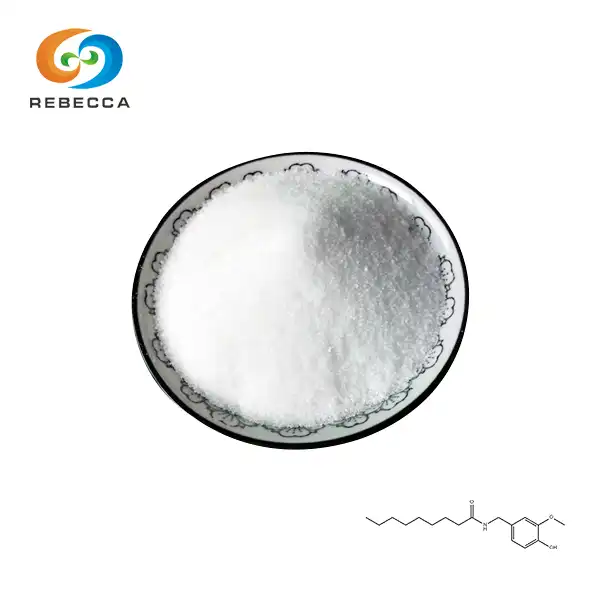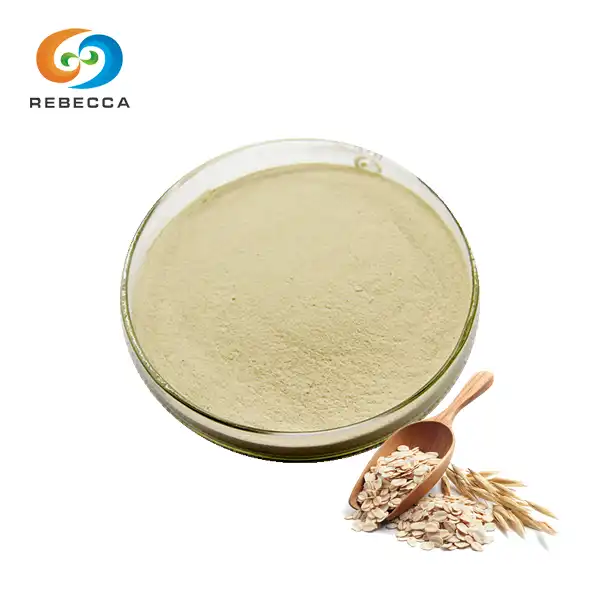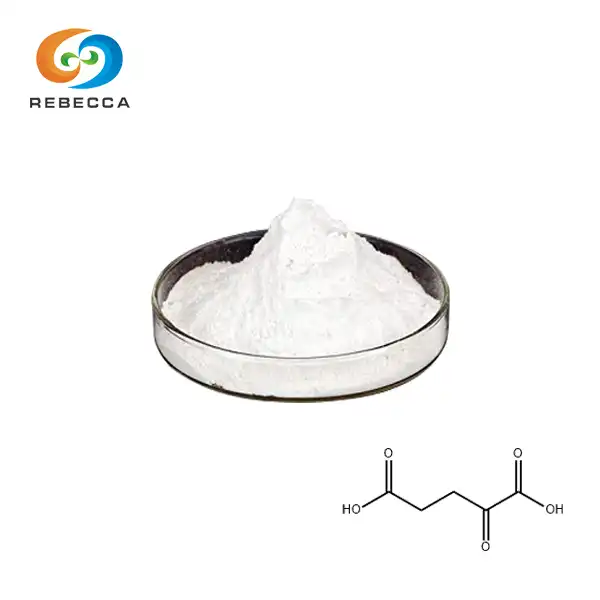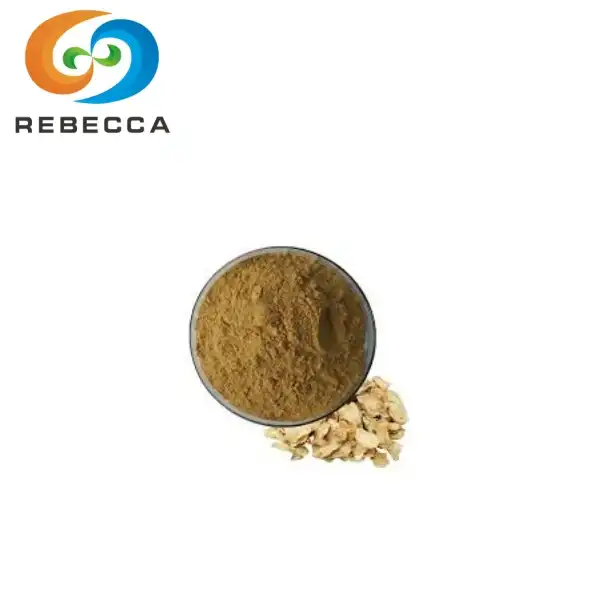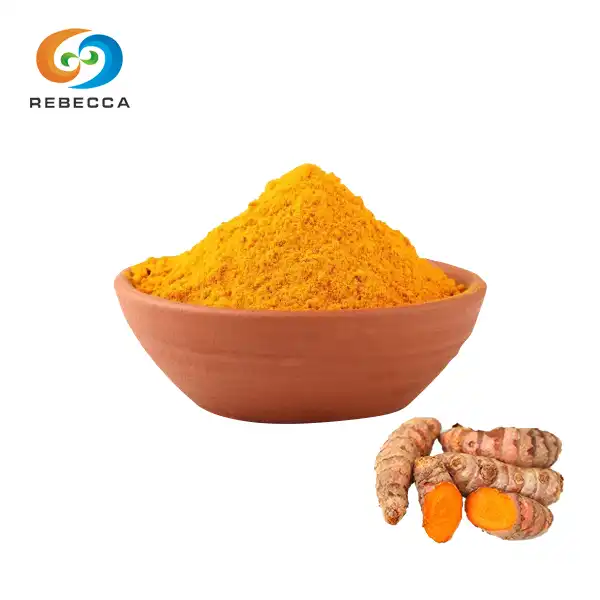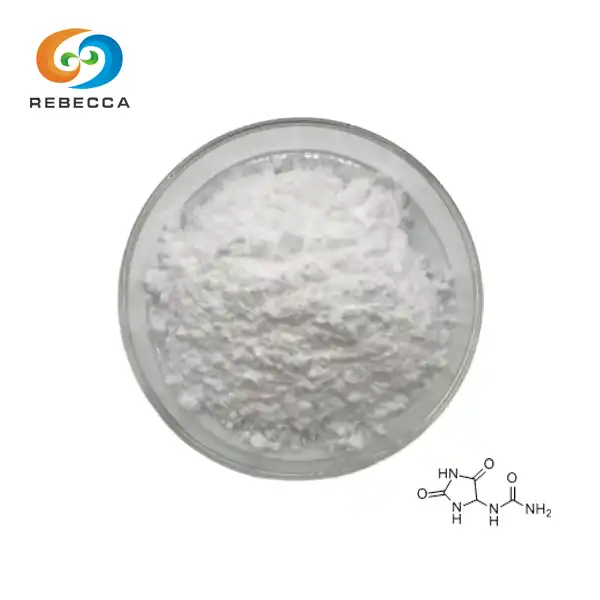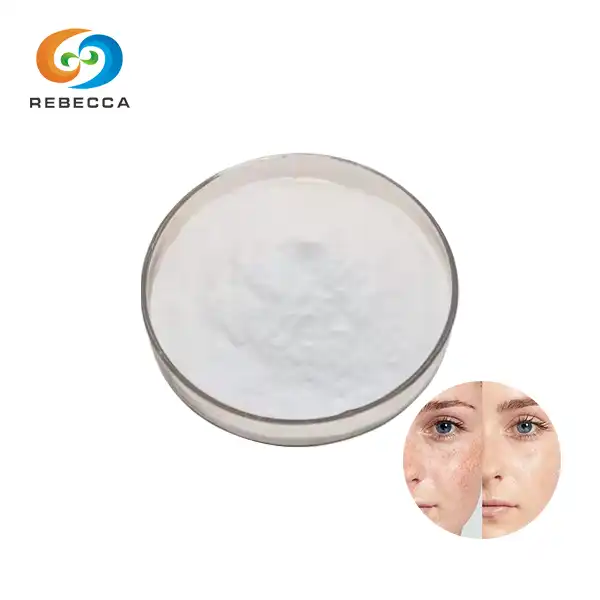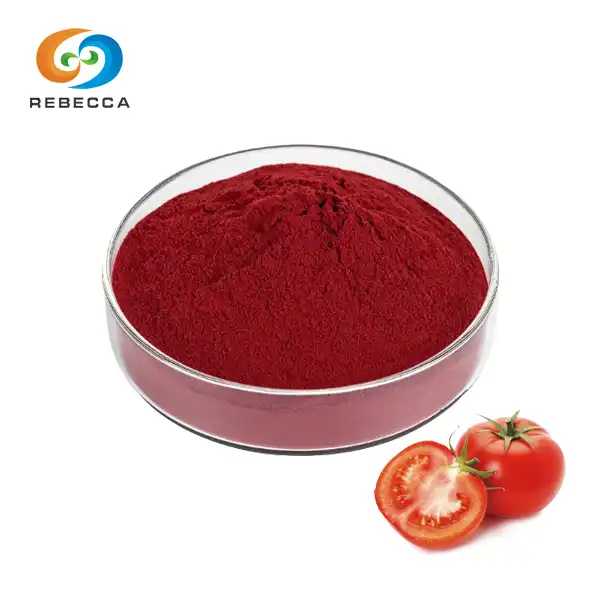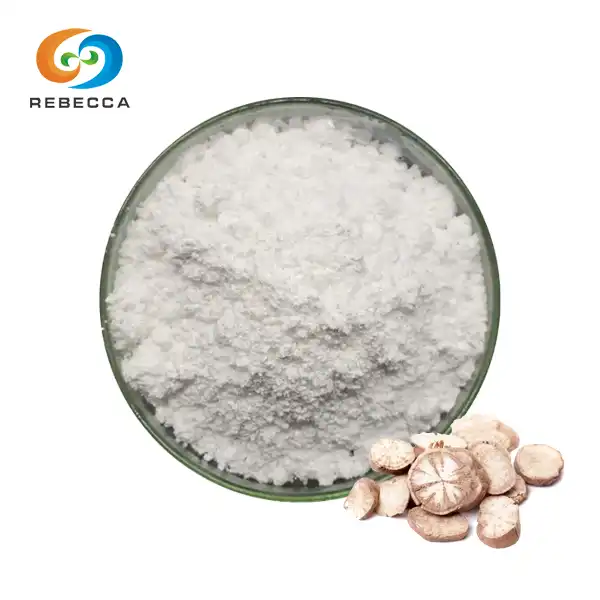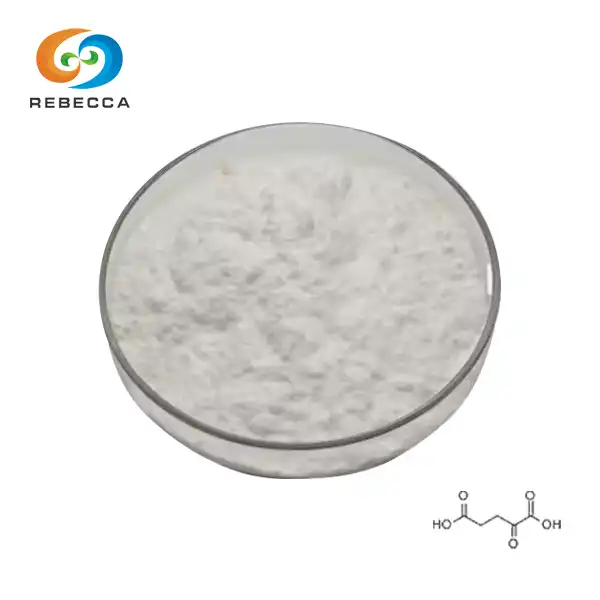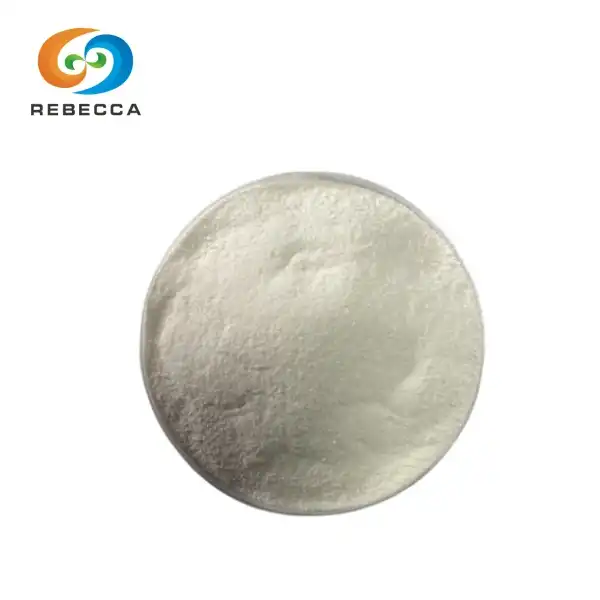Best Pterostilbene: Natural Ways to Boost Your Health
In the realm of natural health supplements, pterostilbene has emerged as a potent contender. This powerful antioxidant, closely related to resveratrol, has garnered significant attention for its potential health benefits. As we delve into the world of best pterostilbene, we'll explore its natural sources, how to incorporate it into your diet, and its potential impact on heart health.
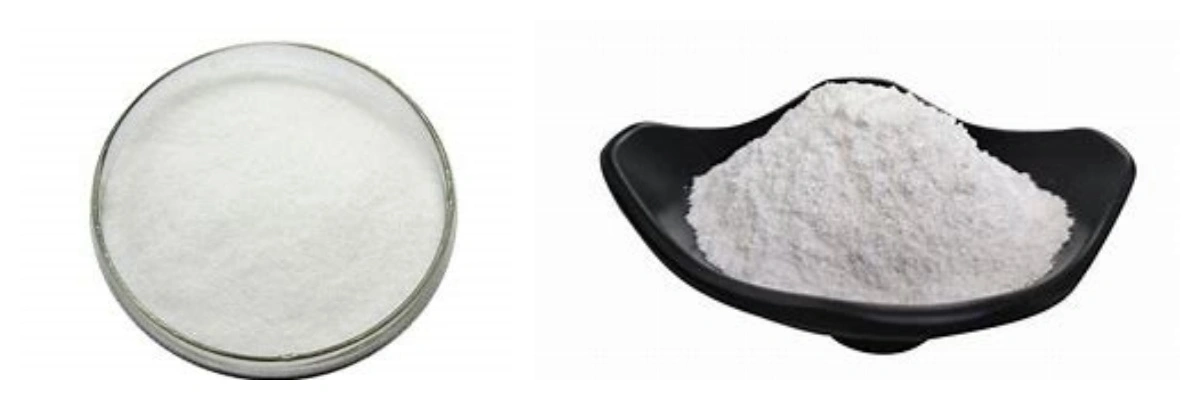
Natural Sources of Pterostilbene You Should Know
Pterostilbene, a polyphenol compound, is synthesized by plants as a defense mechanism against various environmental stressors. While it's not as abundant in nature as some other antioxidants, several foods contain notable amounts of this beneficial compound:
- Blueberries: These small, blue powerhouses are perhaps the most well-known source of pterostilbene. Wild blueberries, in particular, contain higher concentrations than their cultivated counterparts.
- Grapes: Both the fruit and leaves of grapevines contain pterostilbene, with higher concentrations found in varieties like Pinot Noir and Gamay.
- Cranberries: These tart berries are another excellent source of pterostilbene, adding to their already impressive nutritional profile.
- Dragon fruit: This exotic fruit, also known as pitaya, contains pterostilbene along with other beneficial compounds.
- Peanuts: While not as high in pterostilbene as some berries, peanuts do contain this compound, adding to their health benefits.
Interestingly, pterostilbene is also found in the heartwood of certain trees, such as the Indian Kino Tree (Pterocarpus marsupium) and Red Sandalwood (Pterocarpus santalinus). However, these sources are not typically consumed as food.

How to Incorporate Pterostilbene Into Your Diet?
While pterostilbene supplements are available, incorporating natural sources into your diet can be a delicious and wholesome way to reap its benefits. Here are some creative ways to boost your pterostilbene intake:
- Berry-licious Smoothies: Blend a mixture of blueberries, cranberries, and dragon fruit for a pterostilbene-rich smoothie. Add some Greek yogurt for protein and a handful of spinach for extra nutrients.
- Grape and Nut Mix: Combine red grapes with a variety of nuts, including peanuts, for a satisfying snack that's rich in best pterostilbene and healthy fats.
- Blueberry Oatmeal: Top your morning oatmeal with a generous serving of fresh or frozen blueberries. Add a drizzle of honey for sweetness.
- Cranberry Salsa: Create a unique salsa by combining chopped cranberries with diced jalapenos, red onion, and cilantro. Serve with whole grain chips for a healthy snack.
- Dragon Fruit Parfait: Layer Greek yogurt with chopped dragon fruit and a sprinkle of granola for a visually appealing and nutritious dessert.
Remember, while these foods are excellent sources of pterostilbene, they should be part of a balanced diet. Consuming a variety of fruits, vegetables, and whole grains ensures you're getting a wide range of beneficial compounds.

Is Pterostilbene Effective for Heart Health?
The potential cardiovascular benefits of pterostilbene have been a subject of considerable research. While more studies are needed to fully understand its effects, initial findings are promising:
- Lipid Management: Some studies suggest that pterostilbene may help reduce LDL cholesterol levels and increase HDL cholesterol, potentially contributing to improved heart health.
- Blood Pressure Regulation: Research indicates that pterostilbene might help in maintaining healthy blood pressure levels, a crucial factor in cardiovascular health.
- Antioxidant Properties: As a potent antioxidant, pterostilbene may help protect heart cells from oxidative stress, potentially reducing the risk of heart disease.
- Anti-Inflammatory Effects: Chronic inflammation is linked to various heart conditions. Pterostilbene's anti-inflammatory properties may contribute to heart health by reducing systemic inflammation.
It's important to note that while these findings are encouraging, pterostilbene should not be considered a replacement for prescribed heart medications or a healthy lifestyle. Always consult with a healthcare professional before making significant changes to your diet or supplement regimen.

Comparing Pterostilbene and Resveratrol
When discussing pterostilbene, it's natural to draw comparisons with its more famous cousin, resveratrol. Both are stilbene compounds found in similar food sources, but pterostilbene has some distinct advantages:
- Bioavailability: Pterostilbene is more bioavailable than resveratrol, meaning it's more easily absorbed and utilized by the body.
- Stability: The molecular structure of pterostilbene makes it more stable and less prone to degradation than resveratrol.
- Lipophilicity: Pterostilbene is more fat-soluble than resveratrol, potentially allowing it to cross cell membranes more easily.
These characteristics suggest that pterostilbene might be more effective at lower doses compared to resveratrol. However, both compounds have shown potential health benefits, and more research is needed to fully understand their respective roles in human health.

Potential Side Effects and Precautions
While pterostilbene is generally considered safe when consumed in foods, high-dose supplements may cause side effects in some individuals. These could include:
- Gastrointestinal discomfort
- Headaches
- Dizziness
Additionally, pterostilbene may interact with certain medications, particularly those that affect blood clotting or blood sugar levels. If you're considering pterostilbene supplements, it's crucial to consult with a healthcare provider, especially if you're pregnant, nursing, or have pre-existing health conditions.
Conclusion
Best pterostilbene represents an exciting frontier in nutritional science. Its potential benefits for heart health, coupled with its presence in delicious and nutritious foods, make it a compound worth considering in your health journey. By incorporating pterostilbene-rich foods into your diet and staying informed about ongoing research, you can potentially harness the power of this remarkable antioxidant.
Remember, while pterostilbene shows promise, it's not a magic bullet. A balanced diet, regular exercise, and a healthy lifestyle remain the cornerstones of good health. If you're interested in learning more about pterostilbene or other natural health supplements, don't hesitate to reach out to us at information@sxrebecca.com for more information.
References
1. McCormack, D., & McFadden, D. (2013). A review of pterostilbene antioxidant activity and disease modification. Oxidative Medicine and Cellular Longevity, 2013, 575482.
2. Rimando, A. M., Kalt, W., Magee, J. B., Dewey, J., & Ballington, J. R. (2004). Resveratrol, pterostilbene, and piceatannol in vaccinium berries. Journal of Agricultural and Food Chemistry, 52(15), 4713-4719.
3. Kapetanovic, I. M., Muzzio, M., Huang, Z., Thompson, T. N., & McCormick, D. L. (2011). Pharmacokinetics, oral bioavailability, and metabolic profile of resveratrol and its dimethylether analog, pterostilbene, in rats. Cancer Chemotherapy and Pharmacology, 68(3), 593-601.
4. Riche, D. M., McEwen, C. L., Riche, K. D., Sherman, J. J., Wofford, M. R., Deschamp, D., & Griswold, M. (2013). Analysis of safety from a human clinical trial with pterostilbene. Journal of Toxicology, 2013, 463595.
5. Kosuru, R., Rai, U., Prakash, S., Singh, A., & Singh, S. (2016). Promising therapeutic potential of pterostilbene and its mechanistic insight based on preclinical evidence. European Journal of Pharmacology, 789, 229-243.
_1730691017423.webp)

